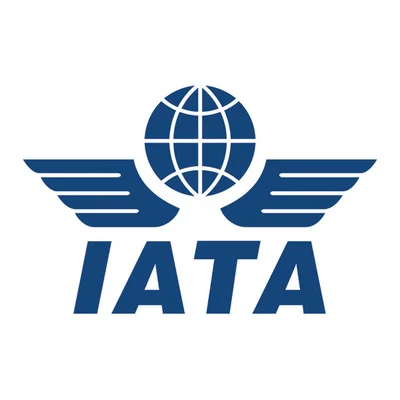As of 2025, three airlines are set to operate Boeing 757 aircraft on transatlantic routes: Delta Air Lines, Icelandair, and United Airlines. Delta is the world's largest operator of the passenger variants of the Boeing 757, while United ranks second. All scheduled transatlantic flights for this year will involve Boeing 757-200 variants, with no plans for the 757-300s to make the crossing.
These two US-based airlines intend to continue operating 757s for years, despite others retiring them. In January 2025, Jet2 retired the United Kingdom's last Boeing 757, and Icelandair is also progressively retiring its fleet. Nevertheless, there are hundreds of monthly Atlantic crossings by the 757. This raises a question: why is the 757 still used for transatlantic flights?
The Boeing 757 possesses sufficient range to connect destinations in the northeastern US with those in Western Europe--particularly far Western Europe. Many of United's flights target Ireland and the United Kingdom. Notably, Iceland is much closer to the United States, making it an easier destination to reach.
 Alerts Sign-up
Alerts Sign-up




































